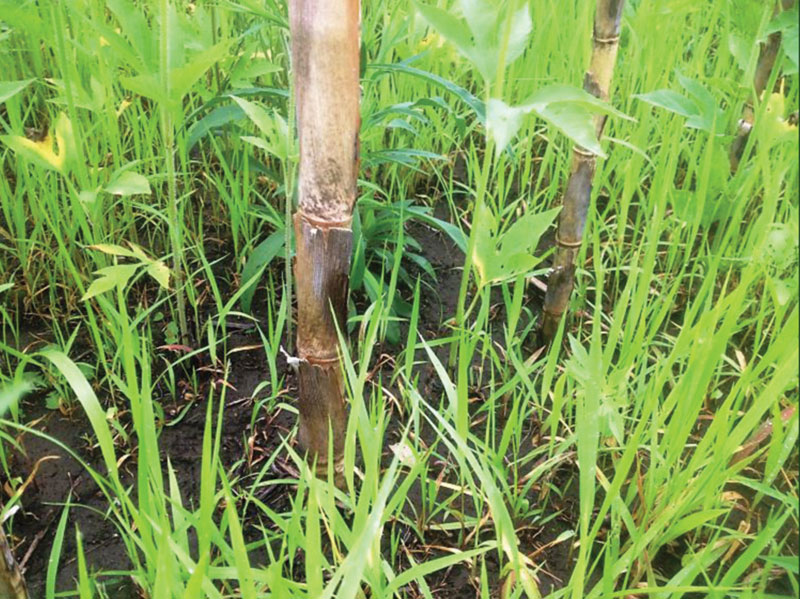
Photos by IDNR



Photos by IDNR
Feedback from hunters utilizing the Saybrook Pheasant Habitat Area in McLean County attribute successful pheasant hunts to the quantity and quality of the habitat, and a productive spring hatch. But hunting isn’t the only thing taking place on Illinois’ Pheasant Habitat Areas (PHAs).

The Illinois Department of Natural Resources’ (IDNR) Habitat Team, headquartered out of Gibson City, helps manage habitat projects on PHAs with the intent of making these grasslands more suitable for wildife. Guided by the Illinois Wildlife Action Plan, a thorough knowledge of grassland management, and supplemented with on-site pheasant research, the Habitat Team’s goal is to provide all life history requirements for ring-necked pheasants while also benefitting other local and migratory grassland-dependent wildlife, such as dickcissel, northern harrier, Henslow’s sparrow, short-eared owl, upland sandpiper, bobolink and eastern meadowlark.

Research also is an important activity occurring on the PHAs. In conjunction with the University of Illinois, several research projects are under way focusing on grassland wildlife at Sibley, Saybrook and other PHAs. Research projects have been designed to identify the needs of grassland wildlife and provide information useful to IDNR staff and landowners who manage grasslands for these species. Past and present research projects include studies on:

Tim Lyons, a PhD candidate at the University of Illinois, began conducting pheasant research in the fall of 2012 and concluded his research at the end of the 2016 summer. Preliminary results of the research have provided valuable information about habitat preferences and life-history requirements of pheasants. Lyons spoke at an IDNR Pheasant Field Day for biologists and managers to share the knowledge he has gained on pheasant habitat preferences. A workshop at Sibley PHA, a one square mile (640 acre) contiguous block of grassland habitat, focused on the specific areas of fall and winter habitat preferred by pheasants, and discussed fall and winter survival. IDNR Habitat Team leader Wade Louis discussed the management objectives and restoration schedule for Sibley, which focuses on methodically converting smooth brome fields to native grassland cover.
Thanks to data gathered during Lyon’s research, it became quite clear which areas within PHAs were preferred by pheasants during heavy snow events, cold weather, and as cover to escape pressure from hunters and other predators. It also was apparent that vegetative structure is critical. Birds on different sites shared a preference for similar (early) successional stages that had plenty of native forbs, annual weeds and bare dirt. Dense, non-native grass (smooth brome and tall fescue) were typically avoided by pheasants, as well as many species of grassland birds.
“This research supports the need for various levels of plant and structural succession for pheasants during their different life stages,” Louis explained.
Lyon’s preliminary findings indicate that even early successional stage plantings, or properly disturbed areas, can provide characteristics desirable to nesting hens, broods and winter-roosting pheasants.
Illinois’ Pheasant Habitat/State Habitat Areas are:


At the time this article was written, Phil Borsdorf was the Natural Resources Coordinator with the Gibson City Habitat Team, IDNR Division of Wildlife Resources. He now is the IDNR Natural Heritage Biologist in District 25 in southern Illinois.
Submit a question for the author